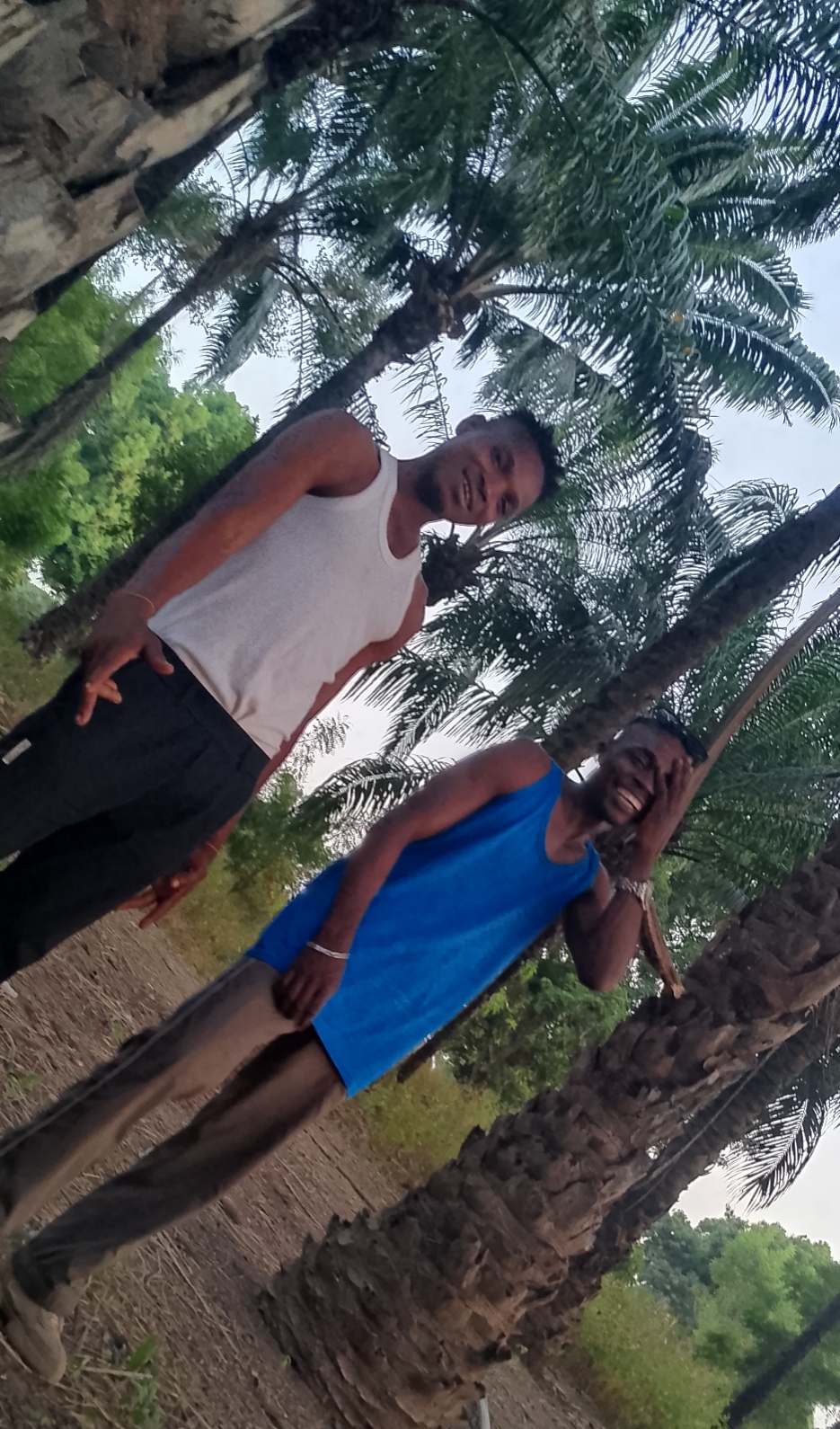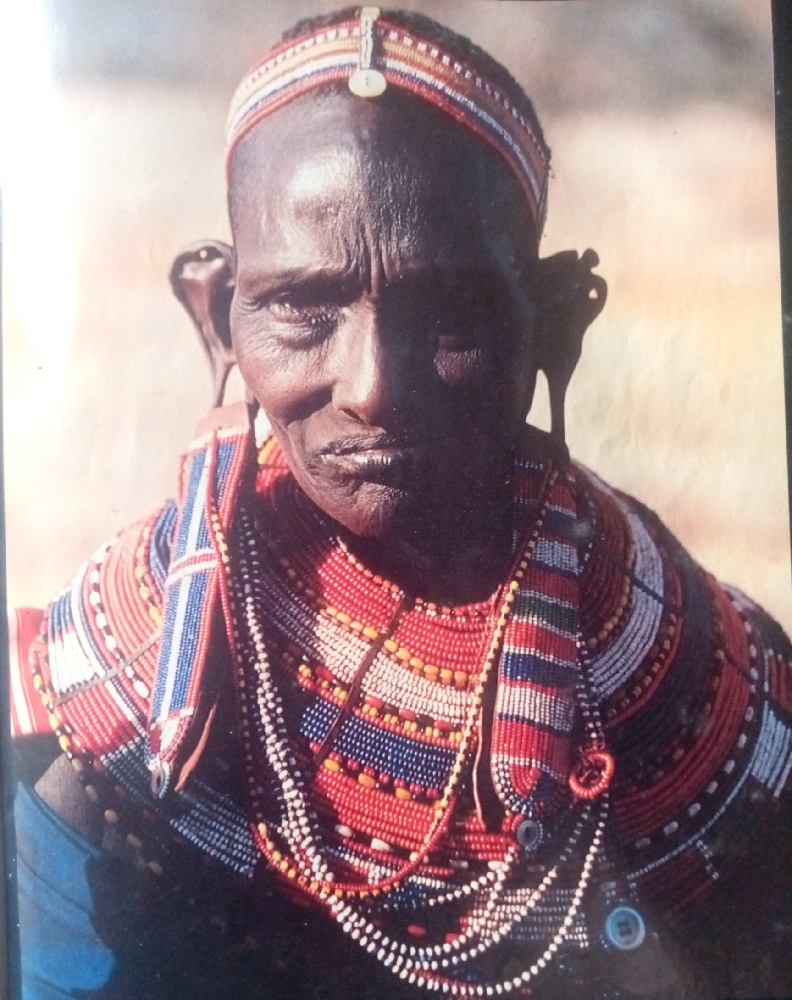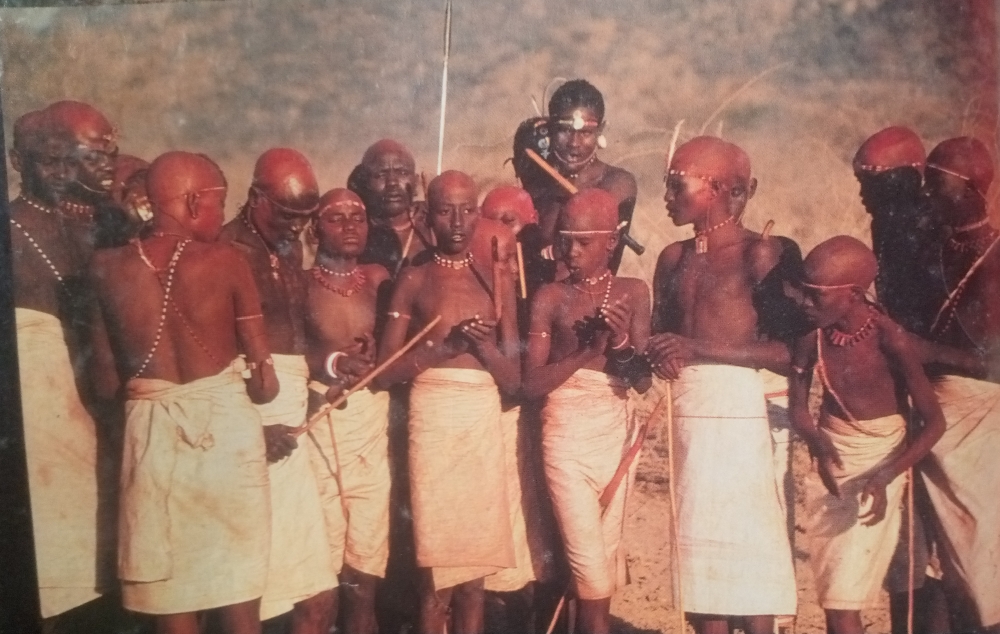



African Warriors
abass mohammed@mohammedabass484730
1 year ago
In the arid, rugged terrain of northern Kenya, virtually isolated from civilisation, lives one of the last surviving warrior peoples of Africa.
Renowned for their exceptional physical beauty and grace, as much as for their indepence and pride, the samburu are semi-nomadic pastoralist whose lives and intricate social system,with it's age-set, cattle-wealth, circumcision and marriage rituals, have been shaped over time by strongly held beliefs, by inter-tribal rivalry, and by the never-ending search for grazing and water.
Thomasin magor was born and grew up in Kenya, the daughter of a tea merchant.
She was educated in England, and trained in design and later become a top model.
Since 1986 she has spent most of her time in Africa.
While traveling alone in the bush photographing the Swahili coast from Somalia to Mozambique, she meet a samburu warrior who befriended and protected her.
She lived among the samburu for six years and built up a strong bond of trust with them.
From this time she has created one of the most intimate portraits of an Africa people ever attempted.
The result is a stunning new book of photographs recently published entitled "African Warriors".
In recognition of her Independence - her samburu name is Sala, meaning she walks alone ' - she is accepted by the men and has taken part in councils and ceremonies that would normally be barred to a woman: and by reason of her gender she is freely accepted by the women and has witnessed a number of important rites that would ordinarily be barred to a man.
Her book is remarkable picture of a whole people.
The women, the children and elders, their rituals, hairstyle, body painting, dances and feast days.
At the heart of the book is an extraordinary sequence of photographs of the most important of all samburu ceremonies - E -muratare, the days of circumcision.
It is this ritual which takes place approximately once every fourteen years at which the new generation of Imurran is initiated into warriorhood and the former warriors move on to junior elderhood and marriage.
Thomasin magor witnessed the 1990 ceremonies and the changeover and the renewal of roles at all levels of samburu society .
In her photographs we see boys becoming warriors, warriors becoming elders, girl becoming wives, and mother lamenting the passing of their sons' time of warrior hood.
With more than 200 colour photographs and an informative text,"African Warriors" is an eloquent tribute to a people and an unprecedented insight into a unique way of life.
